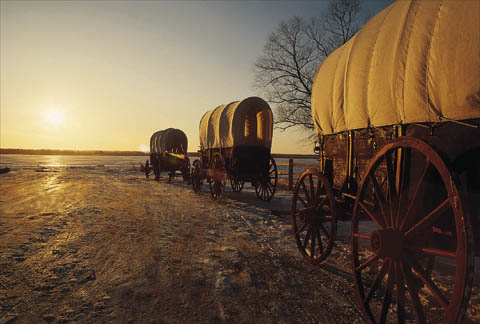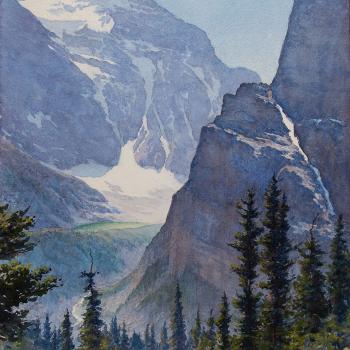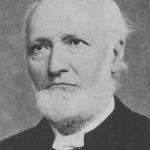
First:
Fresh, buttered corn on the cob and a really great cantaloupe are among the glories of summer. One of my chief regrets about traveling so much during recent summers has been the fact that I’ve been able to eat so little of them.
***
Yesterday, we had a Gospel Doctrine lesson on the pioneer trek to the West. (I didn’t teach it; my team-teaching colleague did. It’s one of the few times that I’ve been in town when he’s taught.)
That got me to thinking a bit — something that I like to do at least once or twice a month, when not on holiday — so I’m going to share a few of those thoughts with you, on the assumption that every thought that occurs to me is of enormous public interest.
I think I’ve related the anecdote here before of flying, once, many years ago, from Chicago to Salt Lake City. For some reason, I was placed in a middle seat between two strangers, which I dislike, and then, when I learned that we had no choice of snack but pretzels, I was mightily displeased. And the flight was going to last four or five hours, no less!
Then the thought suddenly hit me that I was traveling approximately the same route that the early Mormon pioneers did, from Nauvoo, Illinois, to the Valley of the Great Salt Lake. And that they probably wouldn’t be overly sympathetic to my weeping and wailing about getting only pretzels and a cold soft drink while enduring a middle seat for several hours . . .
Anyway, I think that the removal of the Saints to the Great Basin, and the process of getting there, was crucial to the eventual survival and success of Mormonism.
George A. Smith believed that participants in the pioneer trek would “look back at this journey as one of the greatest Schools they ever were in,” while Wilford Woodruff commented of it that “We are now in a place where we are proving ourselves.” (Historian’s Office general Church minutes, May 23, 1847; Wilford Woodruff journal, May 16, 1847, in Wilford Woodruff’s Journal: 1833–1898, Typescript, 9 vols., ed. Scott G. Kenney (Midvale, UT: Signature Books, 1983–85), 3:177; spelling modernized.)
The migration westward forged us into not merely a denomination, comparable to Methodists and Presbyterians and Congregationalists, but a people, a Volk, more or less comparable in some ways to the Jews. Joel Kotkin’s interesting book Tribes recognizes the “peoplehood” of the Latter-day Saints, as does the Harvard Encyclopedia of American Ethnic Groups.
The Reorganized Church of Jesus Christ of Latter Day Saints (nowadays, the Community of Christ) didn’t go through what is often termed the Mormon “exodus” to the West — a significant word, that, since the original “exodus” constitutes Jewish identity to a very large degree, ritually enshrined and reenacted in the Passover seder — and it didn’t enjoy a lengthy period of geographic isolation wherein it was permitted to solidify its own identity. And it has tended, for that and other reasons, to relapse into fairly liberal Midwestern Protestantism.
Brigham Young judged the intermountain West “a good place to make Saints” (Deseret News Weekly, 10 September 1856, 5), and I think he was right. We’ve never lived in FLDS-style “compounds,” and have never aspired to do so. But that enforced isolation in the Great Basin provided time and space for Mormonism to mature and to solidify.
It is, in my mind, entirely fitting and appropriate, and very wise, that we remember and commemorate the exodus to the West, and that, in handcart trek reenactments, we identify ourselves with our pioneer forebears, whether they’re our own literal, biological progenitors or not:
“First-Ever Micronesian Pioneer Trek Presents Missionary Opportunity for Pohnpeian Youth”











